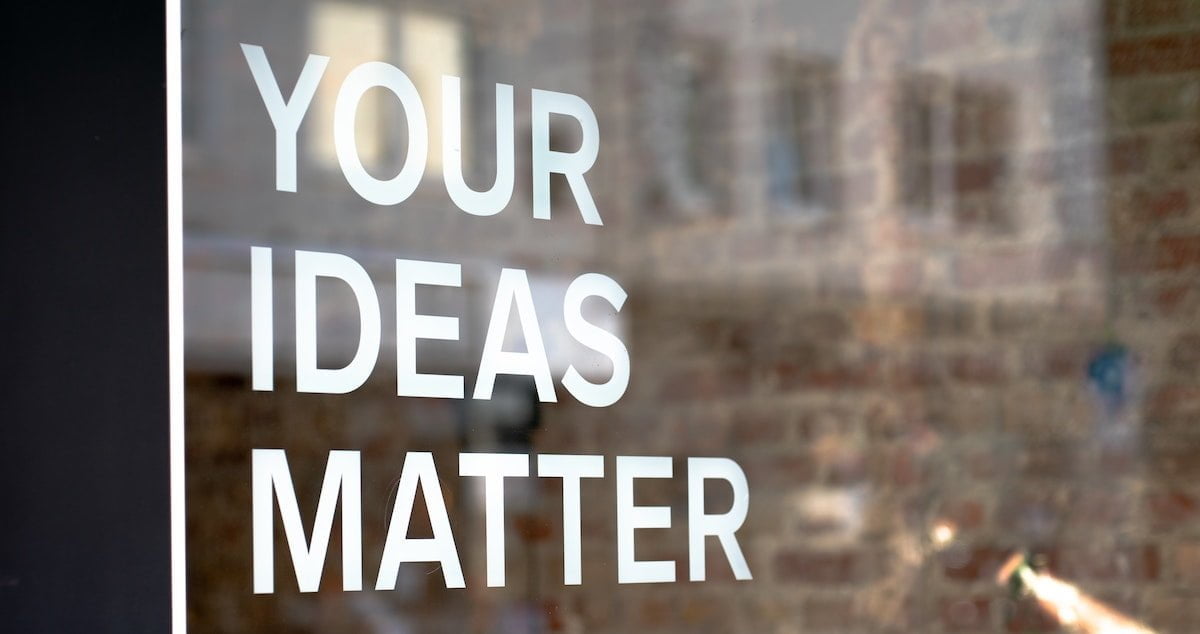Ideation is the process of generating and developing new ideas. It’s a crucial skill for entrepreneurs, artists, and anyone looking to innovate and stand out in their field. Ideation is the foundation of creativity, and it’s what sets successful entrepreneurs and creative thinkers apart from the rest.
Ideation involves exploring new possibilities, challenging assumptions, and breaking free from conventional thinking. It’s about looking at problems and challenges from new angles and developing unique solutions. Ideation can be done individually or in groups, and there are many techniques and tools that can be used to facilitate the process.
Why is Ideation Important?
Ideation is important because it drives innovation. Without new ideas, progress would be impossible. Successful entrepreneurs and creative thinkers are always looking for new ways to solve problems and create value. They understand that innovation is the key to success in today’s fast-paced and ever-changing world.
Ideation also helps individuals and organisations stay relevant. By continuously generating and developing new ideas, they can adapt to changing market conditions and stay ahead of the competition. In addition, ideation fosters a culture of creativity and collaboration, which leads to greater employee engagement and job satisfaction.
Ideation Techniques and Tools
There are many techniques and tools that can be used to facilitate ideation. Here are some of the most effective:
- Brainstorming: Brainstorming is a classic ideation technique that involves generating a large number of ideas in a short amount of time. It’s typically done in a group setting, and there are no rules or judgments during the process. The goal is to generate as many ideas as possible, regardless of how feasible or practical they may seem.
- Mind Mapping: Mind mapping is a visual technique that involves creating a diagram to represent ideas and their relationships. It’s a great way to organise thoughts and ideas and can help to identify patterns and connections that may not be immediately apparent.
- SCAMPER: SCAMPER is an acronym that stands for Substitute, Combine, Adapt, Modify, Put to another use, Eliminate, and Rearrange. It’s a technique that encourages individuals to think creatively by asking a series of questions about a product or idea. For example, “What if we combined two products to create something new?”
- Reverse Thinking: Reverse thinking involves looking at a problem or challenge from the opposite perspective. Instead of asking “How can we solve this problem?” ask “How can we make this problem worse?” This technique can help to identify hidden assumptions and challenge conventional thinking.
- Random Word Association: Random word association involves selecting a random word and using it as a stimulus for generating ideas. For example, if the word is “shoe,” participants might brainstorm ideas related to footwear, fashion, or comfort.
The process of ideation
Ideation is the process of generating and developing new ideas. It’s a crucial step in the creative process and is essential for innovation and problem-solving. The ideation process can be broken down into several steps, each of which plays a critical role in generating and developing new ideas.
Step 1: Define the Problem
The first step in the ideation process is to define the problem. This step involves identifying the challenge or opportunity that you’re trying to address. You need to clearly define the problem to ensure that your ideation efforts are focused and targeted. When defining the problem, it’s essential to consider the perspective of all stakeholders involved.
Step 2: Gather Information
Once you’ve defined the problem, the next step is to gather information. This step involves researching and gathering data related to the problem. It’s important to look at the problem from different angles and consider multiple perspectives. You can gather information through various sources such as customer feedback, market research, and industry reports.
Step 3: Generate Ideas
The next step in the ideation process is to generate ideas. This step involves brainstorming and coming up with as many ideas as possible. It’s essential to suspend judgement during this step and encourage creativity. You can use various techniques to generate ideas, such as mind mapping, SCAMPER, and random word association.
Step 4: Evaluate Ideas
After generating ideas, the next step is to evaluate them. This step involves analysing and assessing each idea to determine its potential. It’s important to consider factors such as feasibility, impact, and cost-effectiveness. You can evaluate ideas using criteria such as value proposition, market size, and competitive advantage.
Step 5: Refine Ideas
Once you’ve evaluated the ideas, the next step is to refine them. This step involves developing and refining the most promising ideas. You can refine ideas by iterating and improving upon them. It’s important to consider feedback from stakeholders and iterate the ideas based on their feedback.
Step 6: Implement Ideas
The final step in the ideation process is to implement the ideas. This step involves developing a plan and executing it. It’s important to ensure that the plan is well thought out and that all stakeholders are aligned with the plan. You can implement ideas through various methods such as product development, marketing, and operations.
Conclusion
Ideation is a critical process in the creative process and is essential for innovation and problem-solving. The ideation process involves defining the problem, gathering information, generating ideas, evaluating ideas, refining ideas, and implementing ideas. By following these steps, you can generate and develop new ideas that can drive innovation and create value for stakeholders.


